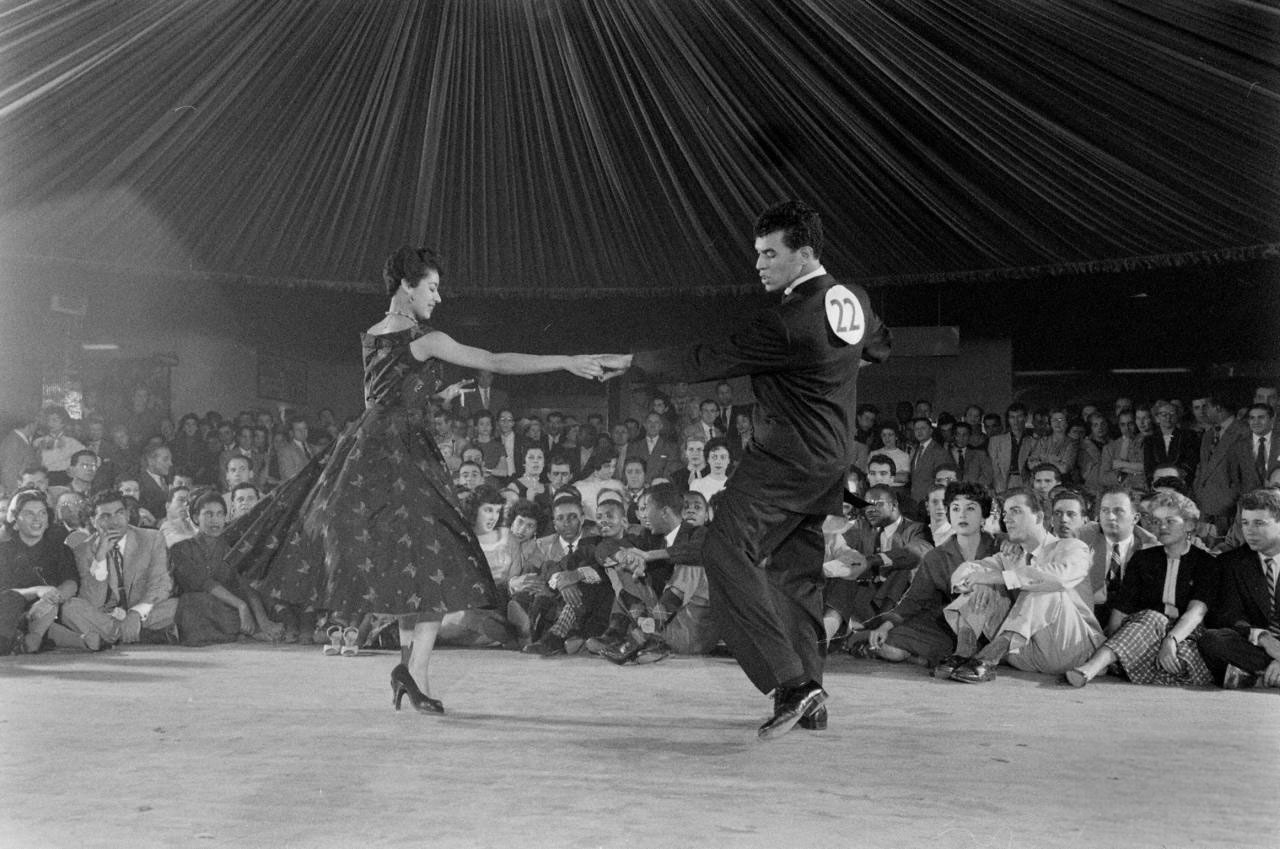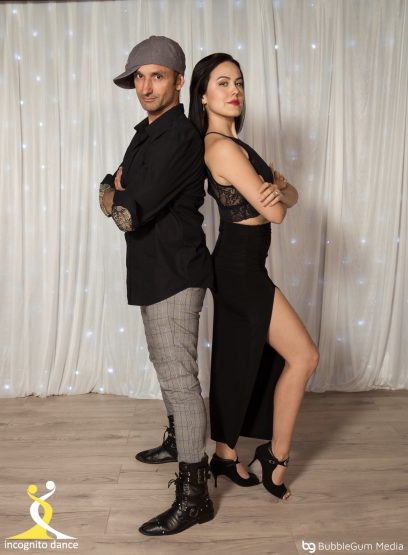A Biased View of Dance Fridays
Some Known Details About Dance Fridays
Table of ContentsThe 45-Second Trick For Dance FridaysGet This Report about Dance FridaysRumored Buzz on Dance FridaysDance Fridays Can Be Fun For Anyone
Dance type Salsa training in Ecuador Salsa is a Latin dancing, related to the songs genre of the exact same name, which was very first promoted in the United States in the 1960s in New York City. Salsa is a mixture of Cuban dances, such as mambo, pachanga, and rumba, as well as American dances such as swing and tap. The term "salsa" was created by Johnny Pacheco in the 1960s in New York, as an umbrella term for Cuban dance songs being played in the city at the time. Salsa as a dancing arised right after, being a mix of mambo (which was preferred in New york city in the 1950s) in addition to Latin dances such as Kid and Rumba along with American dancings such as swing and faucet.
The standard Salsa dancing rhythm contains taking 3 actions for every single 4 beats of music. Salsa professional dancers can additionally disintegrate to dance solo, known as "shines". Both main styles of salsa are direct and circular. In linear salsa, professional dancers continue to be in their "port", switching places from one side of the port to the various other, comparable to West Coastline Swing New Yorkstyle salsa and LA-style salsa are both danced by doing this.
The smart Trick of Dance Fridays That Nobody is Talking About
Salsa dancing is a global dancing that can be discovered in many municipal cities on the planet - https://salsacrazysf1.godaddysites.com/f/dance-fridays-sizzling-salsa-nights-in-san-francisco. Festivals are held every year, frequently called a Salsa Congress, in different host cities intended to bring in a selection of salsa dancers from other cities and nations - salsa crazy. The occasions bring professional dancers with each other to share their interest for the dance, develop area, and share relocations and pointers
International Salsa Congress, 2004 at Bangalore Video clip demonstrating salsa dancing basics Throughout the years, several styles of salsa dancing have progressed around the globe. A lot of them work with each other, however others are different adequate to make dancing between dancers of various more helpful hints designs hard. Salsa has many similarities with other companion dancings, the styles and skills discovered in salsa can be applied to an additional Latin dancing like Bachata. Incorporating other dancing styling methods right into salsa dancing has actually also ended up being typical, with dancers of one style including styles and activities of others to develop brand-new combinations of dancing styles.

One of the most prominent figures in New York style salsa is Eddie Torres - salsa crazy (referred to as "the Mambo King"), that is credited with helping to define the on 2 salsa timing (based on mambo) and assisting to promote it by educating it in dance studios in New York and with early training tapes
Dance Fridays Fundamentals Explained
Standard action for LA design, with leader's action in blue Salsa show dance Los Angeles design salsa (LA style) is danced "on 1" where dancers damage onward on the very first beat of the music, unlike New York design which is danced on 2. LA style salsa is danced in a line or "port" with professional dancers trading settings throughout the dance, unlike Cuban salsa which is danced in a more round fashion.
In this pattern, the leader progressions on 1, tips to the precisely 2-3 while turning 90 levels counter-clockwise (encountering to the left), leaving the slot open. https://www.mixcloud.com/salsacrazysf1/. The follower then tips easy on 5-6 and activates 78, while the leader makes an additional 90 levels counter-clockwise and somewhat ahead, returning right into the slot
The "Vazquez Brothers" (Luis Vazquez, Francisco Vazquez, and Johnny Vazquez) are attributed for the early development and growth of LA Design. Luiz Vazquez was the founder of Los Angeles's very first salsa dance group, Salsa Brava. salsa crazy. The Vazquez Brothers attracted influence from stage dancings such as tap dance and helped create LA style's online reputation for showy steps and balancings.
In Cuba, a popular dancing understood as Casino was marketed as Cuban-style salsa or Salsa Cubana abroad to distinguish it from various other salsa styles when the name was promoted internationally in the 1970s.
How Dance Fridays can Save You Time, Stress, and Money.
The name Online casino is stemmed from the Spanish term for the dancing halls, "Online casinos Deportivos" where much social dancing was done amongst the better-off, white Cubans during the mid-20th century and onward. Historically, Online casino traces its beginning as a partner dancing from Cuban Son, Cha Cha Cha, Danzn and Guaracha.
This indicates that no action is tackled the first and 5th beats in each clave pattern and the 4th and 8th beat are stressed. This way, rather than complying with a beat, the professional dancers themselves contribute in their motion, to the polyrhythmic pattern of the music. At the same time, it is often danced "a tiempo", although both "on3" (initially) and "on1" (nowadays).